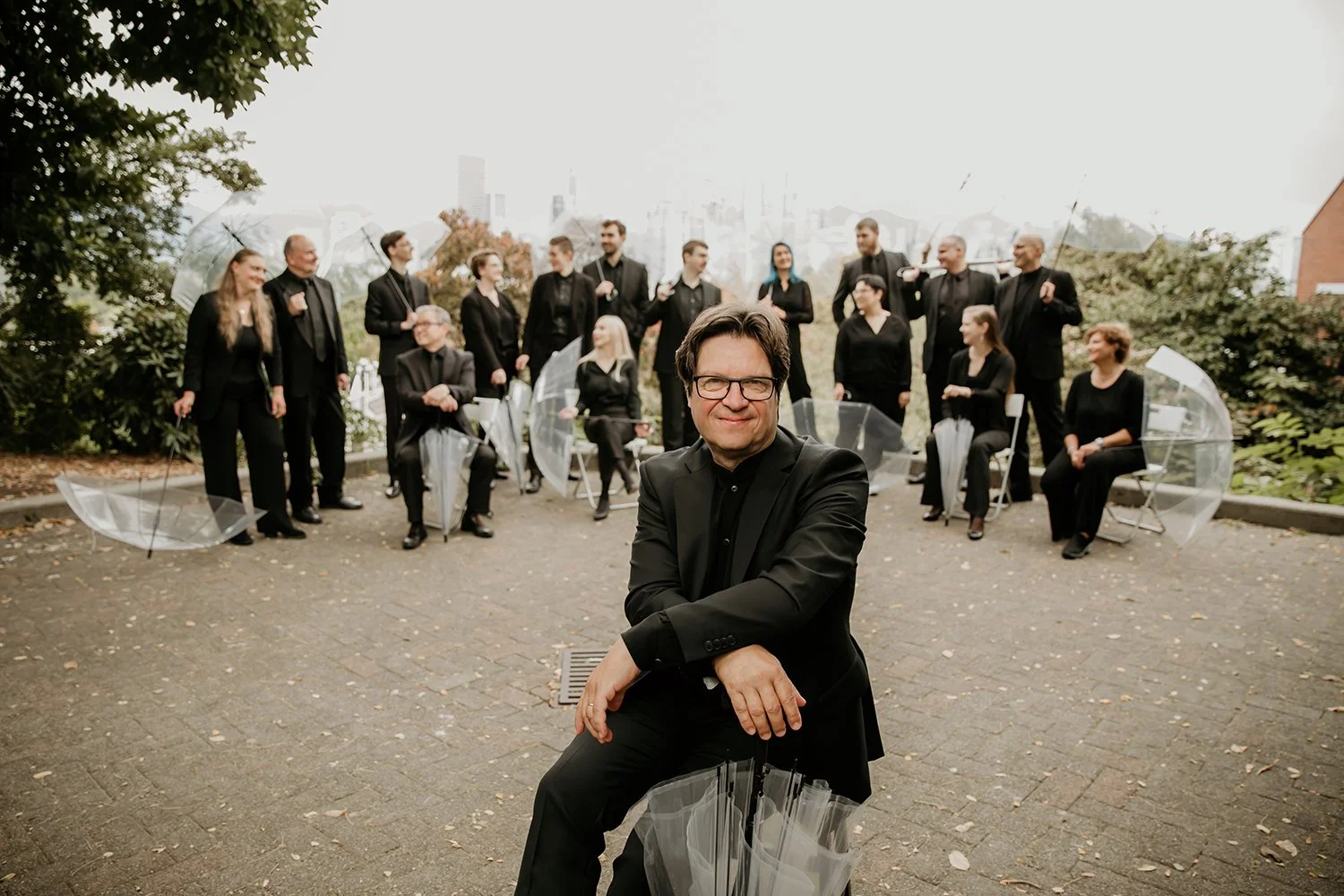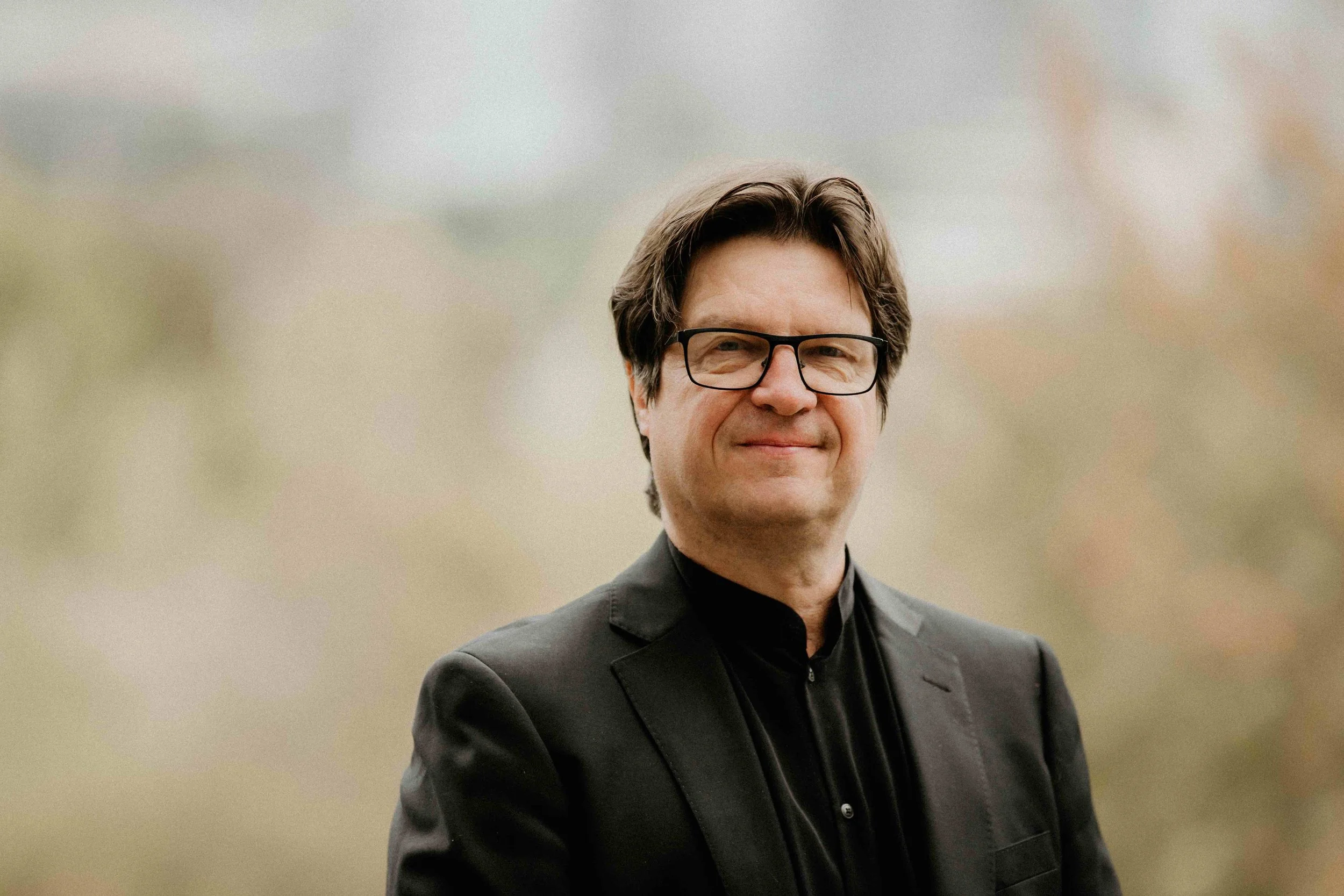Sound of Dragon’s multimedia The Living World conjures mythical reptiles
Composer Chihchun Chi-sun Lee portrays Taiwanese dragons through sound
Sound of Dragon ensemble.
Chihchun Chi-sun Lee.
Sound of Dragon Society presents The Living World at the Annex on April 12
“HERE BE DRAGONS.” These words—or their equivalent in Latin, hic sunt dracones—once struck terror into even the most intrepid mariner’s heart. Scribed into the blank spaces at the edge of a chart, they signified fearful forces of the unknown: trackless waves, equatorial tempests, bristling shores, and treacherous ice. In some cases, these “dragons” might even denote actual monsters: consider the giant, man-eating lizards that still inhabit the lesser islands of the Indonesian archipelago, or the ravenous bears of the Arctic.
This week, however, audio explorers can take comfort in knowing exactly where the dragons are, and will show no hesitation in rushing to meet them.
It’s not just that The Living World, at the Annex on April 12, is a multimedia extravaganza being produced by erhu sparkplug Lan Tung’s Sound of Dragon Society. On the program alongside works by Canadian composers Tim Brady, Elizabeth Knudson, Edward Top, Moshe Denburg, and Tung herself will be the world premiere of Taiwanese Dragon Legends, a five-part suite penned by the Taiwanese-American innovator Chihchun Chi-sun Lee. Here, we’ll meet seven mythical reptiles that inhabit the mountains and seashores that Lee calls home, deftly portrayed in sound. We’ll also learn more about Taiwan itself, as I did once Lee and I connected by phone.
First off, don’t make the mistake of considering Taiwanese music a subset of the mainland Chinese arts. The dragons we know best in Vancouver are the Cantonese ones that dance through Chinatown during the annual Lunar New Year celebrations. They’re not what Lee is writing about at all.
Yes, Taiwan was occupied by the forces of the defeated Kuomintang leader Chiang Kai-shek following the Chinese revolution in 1949, and Mandarin was imposed, by military decree, as the island country’s official language. (Regulations have since been relaxed.) But Lee does not consider herself Chinese, pointing out instead that Taiwan has been home to several distinct cultural groups for hundreds of years: a loose confederation of Austronesian Aboriginal nations, plus the Hakka and the Hoklo, who can both trace their origins to southern China but who have separate dialects and consider themselves Taiwanese first and foremost.
“It’s hard to believe that a country that is so tiny has so many different languages and cultures,” says Lee, a member of the Hoklo people. “And, as a composer, the best way to promote Taiwan is through my music.”
Taiwanese Dragon Legends is a good example. “In some of the movements people might be able to encounter more Asian-sounding aspects,” Lee says, “but those actually all come from myself. It might sound really folkish, but it’s not from folk songs, per se.” The dragon myths that sparked her piece do come from Hakka and Hoklo lore, however, with one sourced from the Rukai tribe of Indigenous people in Taiwan.
“Some of the folk tales I was already familiar with,” she notes. “But I did some research, too, and I found quite a few different dragons. Out of the many I picked seven that I could explore and have fun with in my music. There’s the cloud dragon, the dragon of floods, the hurricane dragon, the dragon of drought, the wooden dragon, and the dragon of death—the Aboriginal one—and also the yellow dragon.
“Some are more kind of a myth, and some are living stories that go on for centuries,” Lee adds. “In the first movement, those three dragons are very common dragons in legend in Taiwanese culture. The wooden dragon is different. It’s also very, very common especially for the fishermen. The dragon spirit automatically comes with any ships that are built. Even if it’s a new ship or boat, the dragon spirit will automatically be part of it.”
In addition to the Sound of Dragon Ensemble’s carefully balanced mix of Asian and Western instruments, Taiwanese Dragon Legends will deploy some evocative percussion devices in its soundscape. Tuned temple blocks herald the wood dragon, for instance, while the slithering of the dragon of drought is invoked by sandpaper-covered lengths of wood. Other sections suggest the “sly or sneaky” nature of dragons, their tempestuous will, and—in the case of the wood dragon, at least—their more benign and protective aspects.
“I want people to hear and feel how the dragons move,” Lee says, and in her mythical menagerie there’s no cause for fear. ![]()


























